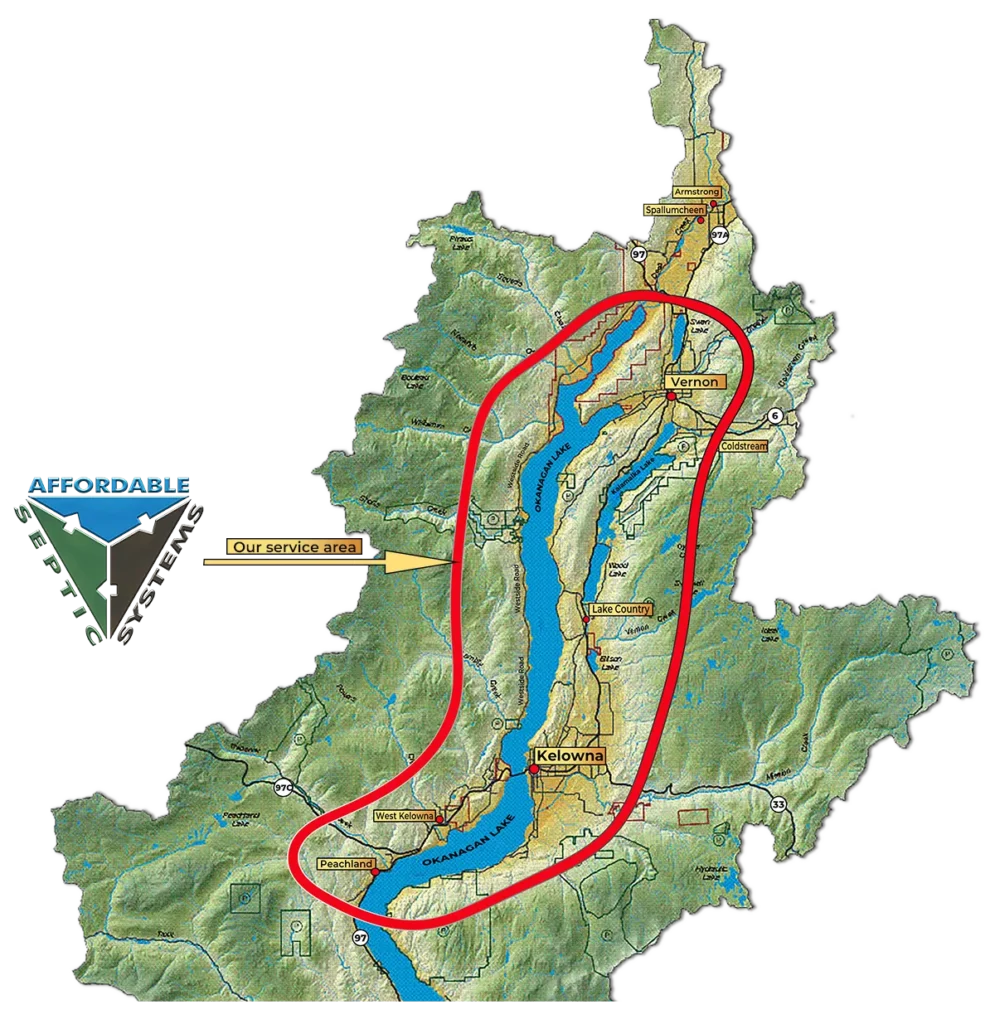FREE first onsite consultation for property owners.
The septic system design process involves site and soil evaluation and plans prepared by a Registered Onsite Wastewater Practitioner (ROWP) Planner.
We will be on site to excavate and install septic system components, connect them to each other and to the house. Your septic system is ready to go!
There is NO Middleman
You will deal directly with the tradespeople performing the work.
Septic System Design and Installation




